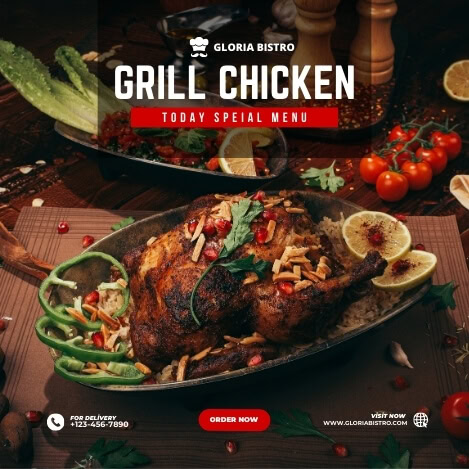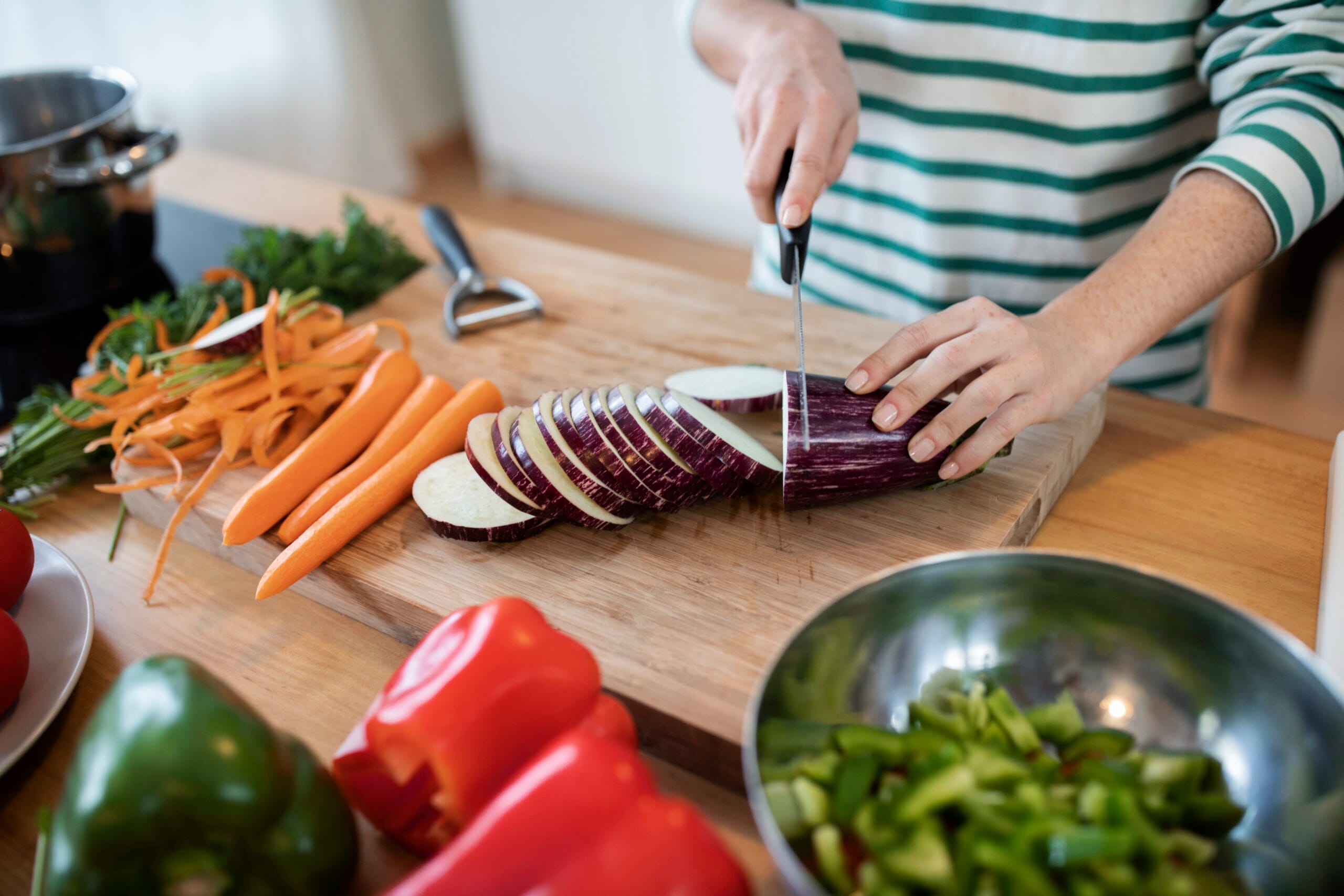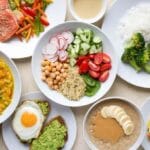Food for Gastritis: Soothe Your Stomach with Healing Recipes
- by Chamudi Sirimalarachchi
- July 26, 2025
- 0
- 7 Min Read
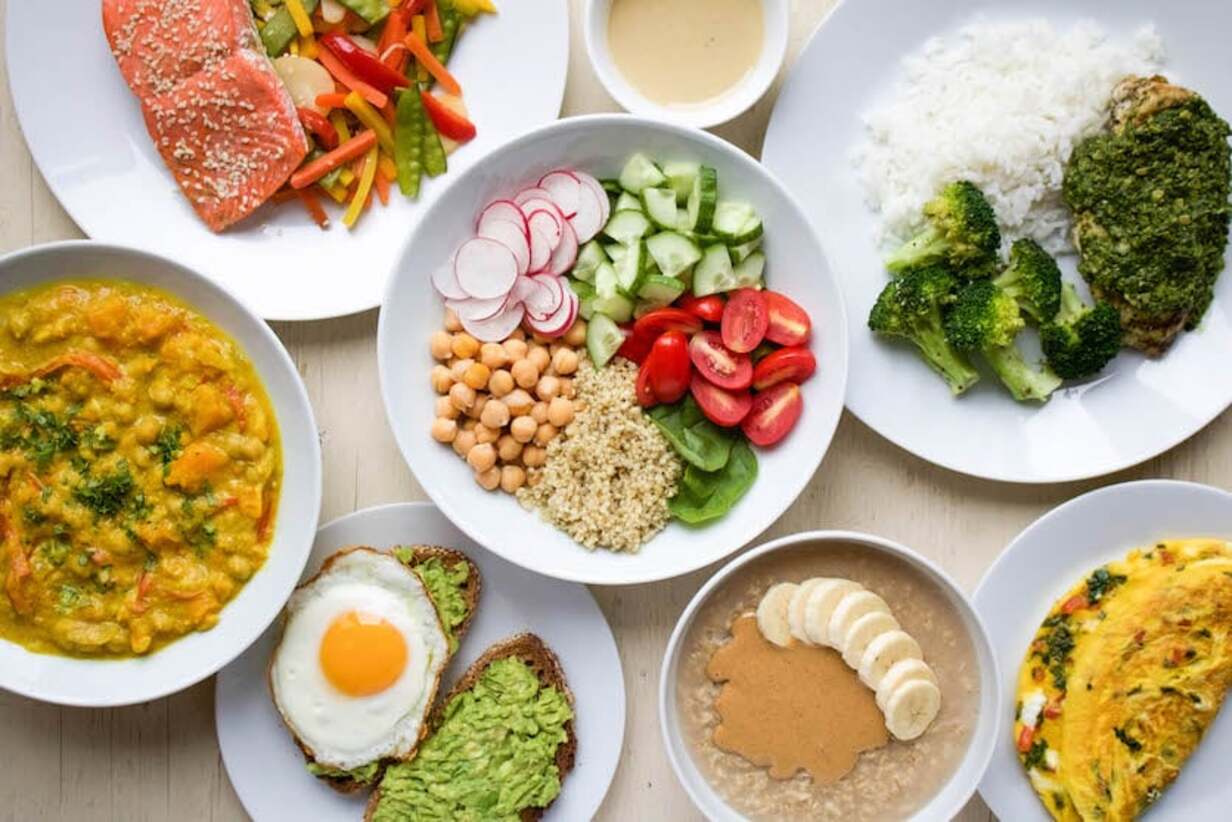
Living with gastritis can be challenging, but finding the right food for gastritis doesn’t have to be. If you’ve experienced the discomfort of an inflamed stomach lining, you know how crucial diet can be in managing symptoms and promoting healing. At Recipe Range, we’re dedicated to showing you that a gastritis healing diet can be both effective and incredibly tasty! This guide will empower you to make informed food choices, providing a clear path to a more comfortable and flavorful life.
Understanding the principles of a gastritis diet is your first step towards relief. It’s not just about what you avoid, but what nourishing, gastritis friendly food you embrace.
What is Gastritis and Why Does Diet Matter?
Gastritis is the inflammation of the stomach lining. Common causes include H. pylori bacterial infection, long-term use of NSAIDs (non-steroidal anti-inflammatory drugs), excessive alcohol consumption, and chronic stress. When your stomach lining is inflamed, certain foods can act as irritants, exacerbating pain, bloating, nausea, and indigestion. A targeted gastritis diet aims to minimize this irritation, reduce stomach acid production, and support the natural healing process of your stomach. Knowing what to eat with gastritis is key to managing your symptoms effectively and sustainably.
Foods to Embrace: Your Gastritis-Friendly Arsenal
When building your gastritis healing diet, focus on ingredients that are easy to digest, low in acid, and have anti-inflammatory properties. These choices form the cornerstone of a comforting and effective food for gastritis plan.
Lean Proteins: Essential for healing, lean proteins like skinless chicken breast, turkey, baked or steamed white fish (cod, sole, snapper), salmon (rich in omega-3s, but in moderation), and eggs are gentle on the stomach. Tofu and tempeh are also excellent plant-based options. These provide necessary building blocks without burdening your digestive system.
Non-Acidic Fruits: Bananas are a superstar for gastritis due to their low acidity and ability to coat the stomach lining. Apples (especially cooked or in applesauce), ripe melons (cantaloupe, honeydew, watermelon), and papaya are also generally well-tolerated. These offer vitamins and antioxidants without causing irritation, making them a delicious part of your gastritis friendly food intake.
Gentle Vegetables: Prioritize cooked or steamed vegetables. Carrots, spinach, zucchini, green beans, peas, and potatoes (sweet or white) are good choices. Avoid raw, highly fibrous, or gassy vegetables (like broccoli, cauliflower, cabbage) in large quantities, particularly during flare-ups, as they can cause discomfort.
Whole Grains (in Moderation): Opt for less refined grains such as oatmeal, brown rice, quinoa, and whole-wheat bread. These provide beneficial fiber which can aid digestion, but introduce them slowly to see how your body reacts. A comforting bowl of oatmeal is a perfect gastritis breakfast.
Healthy Fats (in Moderation): Small amounts of olive oil, avocado, and healthy nuts/seeds (like almonds or chia seeds, thoroughly chewed or ground) can be included. Crucially, avoid all fried and high-fat foods, which slow digestion and can worsen gastritis symptoms.
Probiotic-Rich Foods: Incorporate low-fat, plain yogurt or kefir (if dairy is tolerated) to introduce beneficial bacteria to your gut. These probiotics can aid digestion and may even help combat H. pylori.
Soothing Beverages: Water is your best friend. Herbal teas like ginger tea (great for nausea), chamomile, and licorice root tea can be very calming. Some find peppermint tea soothing, while others find it irritating, so test carefully. Almond milk or coconut milk are good alternatives to traditional dairy or caffeinated drinks.
Mild Herbs and Spices: Flavor your meals with ginger and turmeric, both renowned for their anti-inflammatory properties. Basil, parsley, dill, oregano, and rosemary can add delicious taste without irritation.
Foods to Limit or Avoid: What to Steer Clear Of
To truly implement an effective gastritis diet, it’s just as important to identify and minimize trigger foods. These items can worsen symptoms by increasing stomach acid or directly irritating the inflamed lining.
Spicy Foods: Steer clear of chili peppers, hot sauces, cayenne pepper, and excessive black pepper.
Highly Acidic Foods and Beverages: Citrus fruits (oranges, lemons, grapefruit), tomatoes and all tomato-based products (sauce, paste, juice), vinegar, carbonated drinks, and coffee (both regular and decaf) are common culprits.
High-Fat and Fried Foods: French fries, fried chicken, greasy meats, fatty cuts of beef or pork, and rich, creamy sauces can significantly delay stomach emptying and trigger discomfort.
Alcohol: Alcohol directly irritates the stomach lining and can significantly worsen gastritis.
Caffeine: Found in coffee, black tea, and some sodas, caffeine stimulates stomach acid production.
Processed Foods: Often laden with unhealthy fats, refined sugars, artificial additives, and sodium, these can be difficult to digest and provide little nutritional value.
Certain Dairy: Full-fat dairy products can be harder to digest for some individuals with gastritis. Opt for low-fat or dairy-free alternatives if you notice issues.
Recipe Range: Your Go-To for Gastritis-Friendly Recipes!
We understand that knowing what to eat with gastritis is only half the battle; finding delicious gastritis recipes is the other! At Recipe Range, we have an array of dishes that naturally fit into a gastritis healing diet, focusing on gentle cooking methods and stomach-soothing ingredients.
Here are some ideas and how you might find them on our site to start building your collection of gastritis friendly food:

Chamomile Tea with Honey
A calming herbal infusion made from dried chamomile flowers, sweetened with honey. This caffeine-free tea soothes digestion, eases bloating, and promotes restful sleep—ideal for gastric relief.
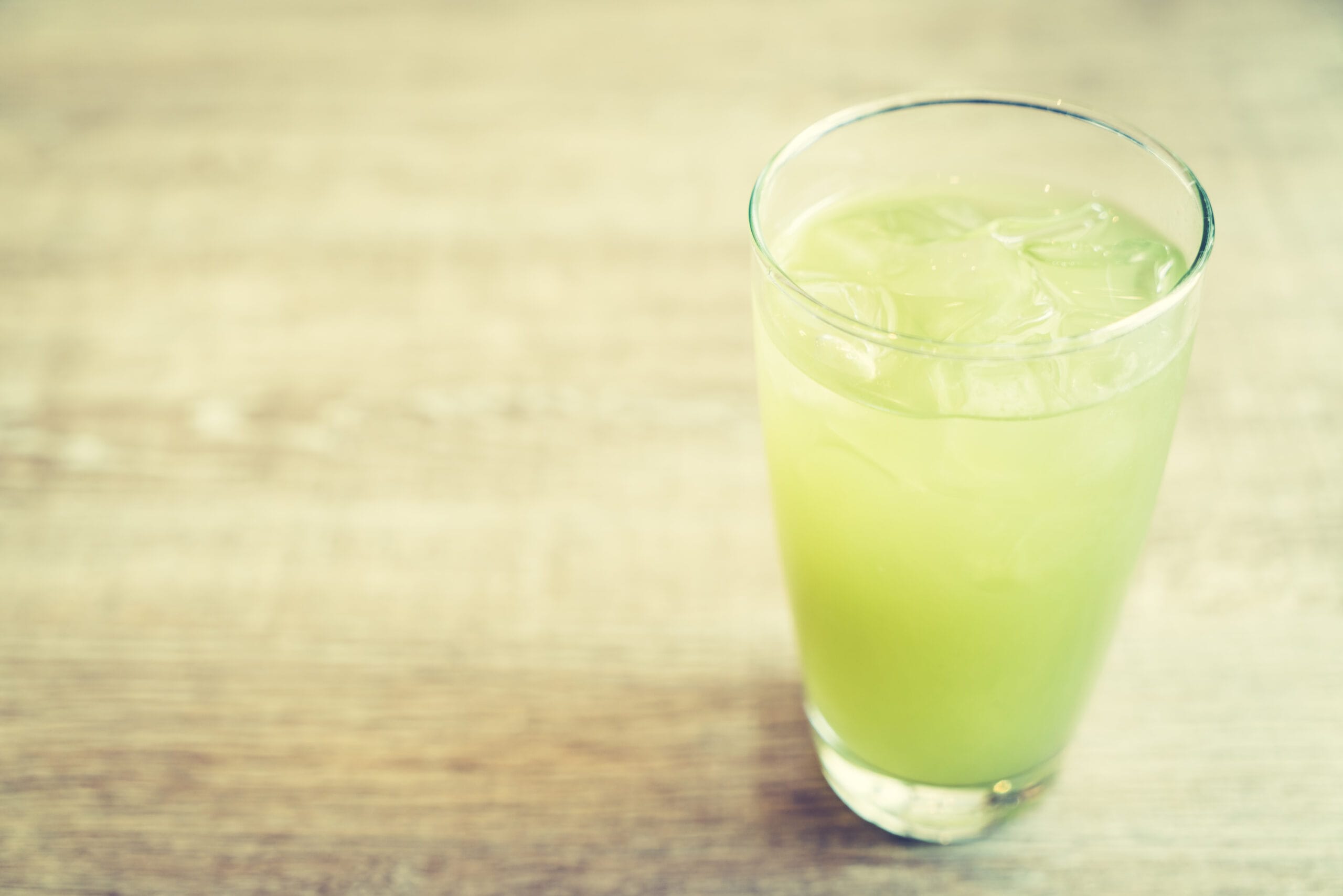
Aloe Vera Juice
A refreshing, plant-based elixir made from pure aloe gel and water. Packed with antioxidants and enzymes, it supports digestion, reduces inflammation, and hydrates from within.
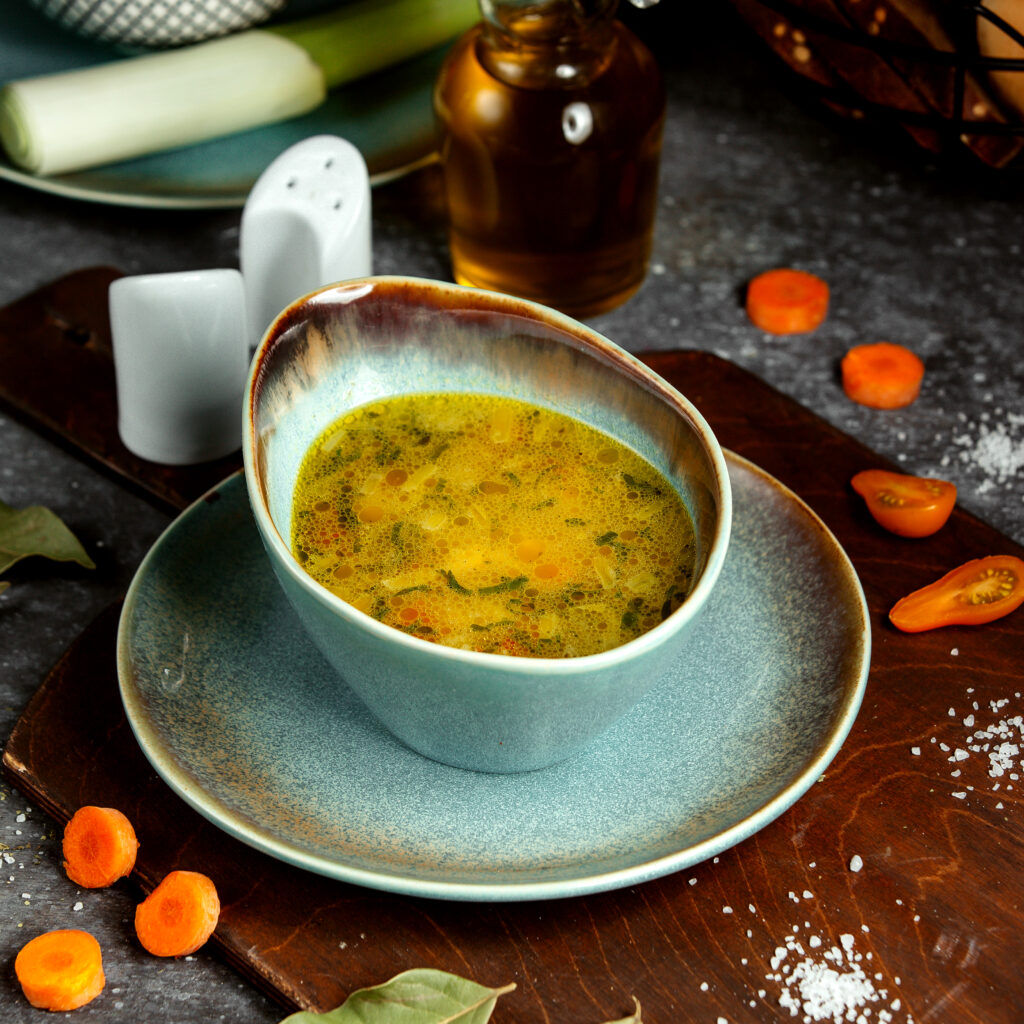
Carrot-Spinach-Potato Soup
A smooth, nourishing soup made with carrots, potatoes, and spinach. Gentle on the stomach and rich in fiber, it’s perfect for those managing acid reflux or recovering from illness.
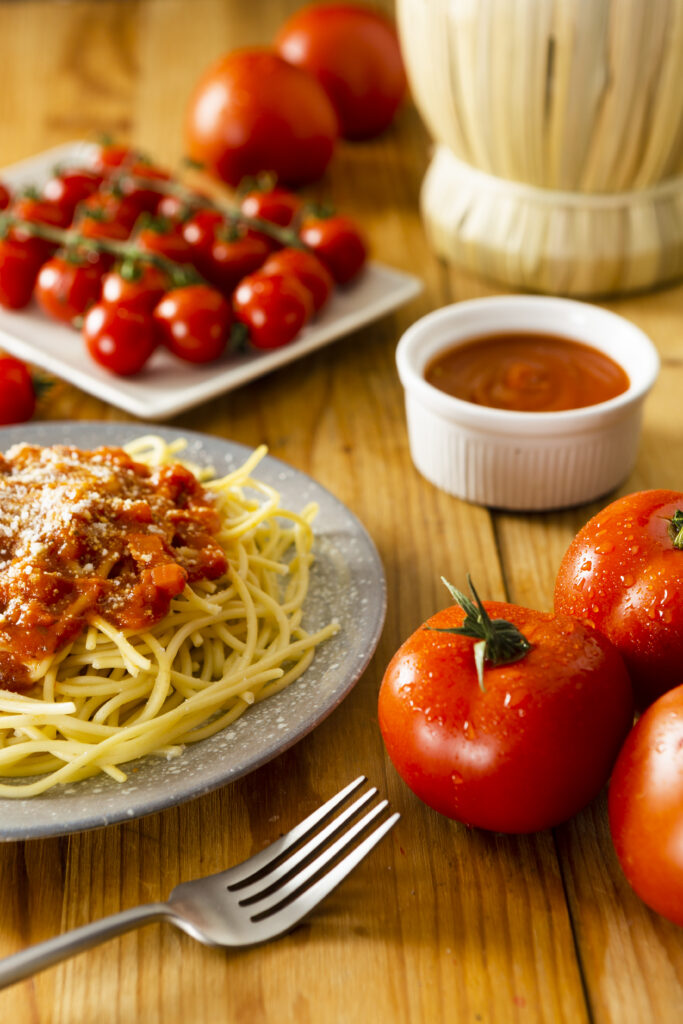
Tomato-Free Pasta Sauce
A rich, low-acid pasta sauce made with carrots, squash, and herbs—no tomatoes or nightshades. Ideal for sensitive stomachs and full of comforting flavor.
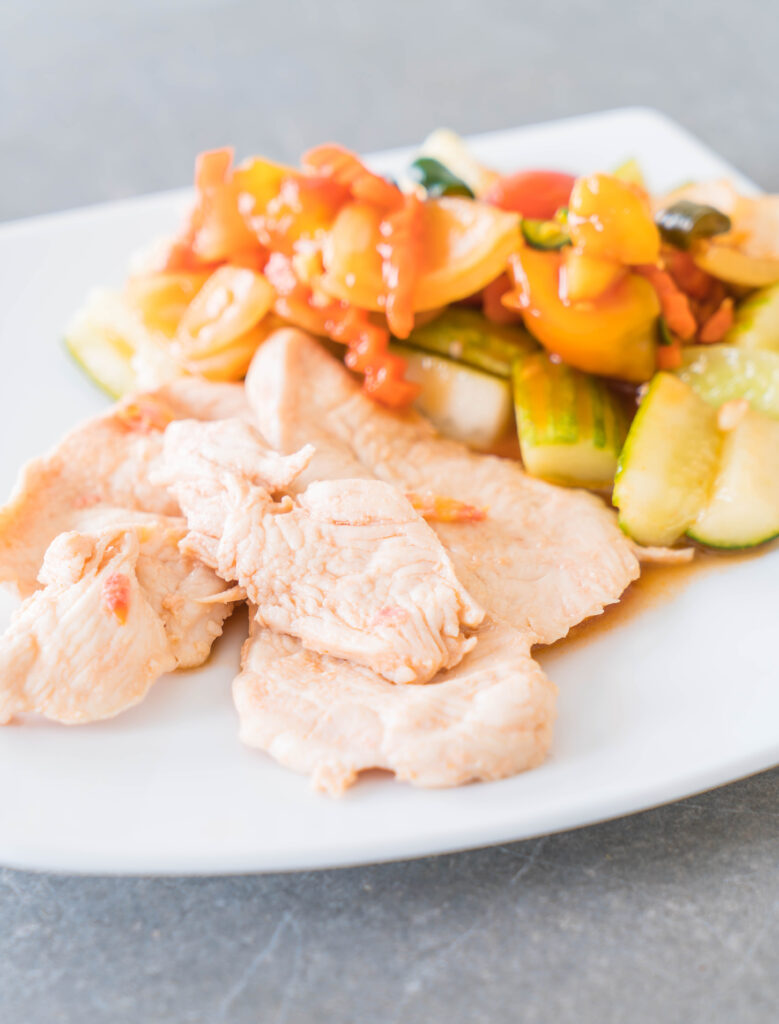
Steamed Ginger Chicken
Tender chicken legs steamed with ginger, soy sauce, and goji berries. This light, aromatic dish supports digestion and offers a gentle, healing meal for gastric wellness.
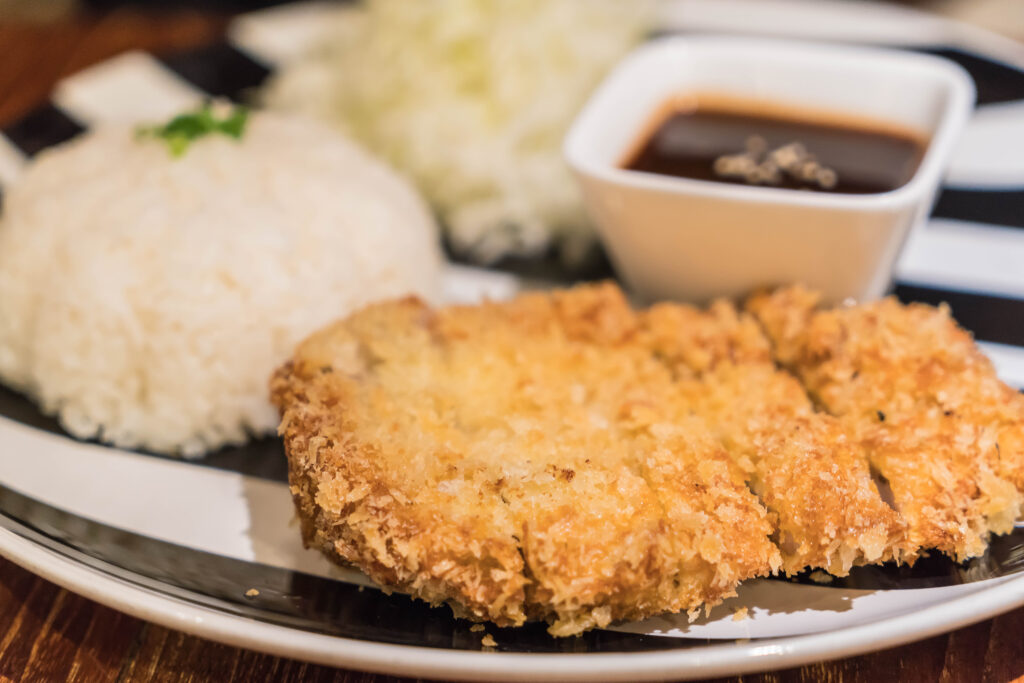
Tonkatsu (Japanese Breaded Pork Cutlet)
Crispy pork cutlets coated in golden panko and fried to perfection. While indulgent, Tonkatsu offers protein, B vitamins, and digestive-friendly tonkatsu sauce when enjoyed in moderation.
Practical Tips for Eating with Gastritis
Beyond just choosing the right food for gastritis, how you eat can also make a big difference:
Eat Smaller, More Frequent Meals: Instead of three large meals, try 5-6 smaller meals throughout the day. This prevents your stomach from becoming overly full and reduces the amount of acid needed for digestion.
Eat Slowly and Chew Thoroughly: This aids digestion and reduces the amount of air you swallow, which can cause bloating.
Stay Hydrated: Drink plenty of water throughout the day, but avoid drinking large amounts during meals, as this can dilute digestive enzymes.
Avoid Eating Before Bed: Try to finish your last meal at least 2-3 hours before lying down to sleep. This gives your stomach time to empty and reduces the risk of acid reflux.
Identify Your Triggers: Keep a food diary to note down what you eat and any symptoms you experience. This is a powerful tool for discovering your personal trigger foods and refining your gastritis diet.
Your Path to Comfort Starts Here
Navigating a gastritis diet might seem daunting at first, but with the right guidance and delicious gastritis recipes from Recipe Range, you can nourish your body, reduce discomfort, and reclaim the joy of eating. Remember, embracing a gastritis friendly food lifestyle is about making smart, soothing choices. Explore our site to find even more options that will become staples in your gastritis healing diet! Your stomach will thank you.






